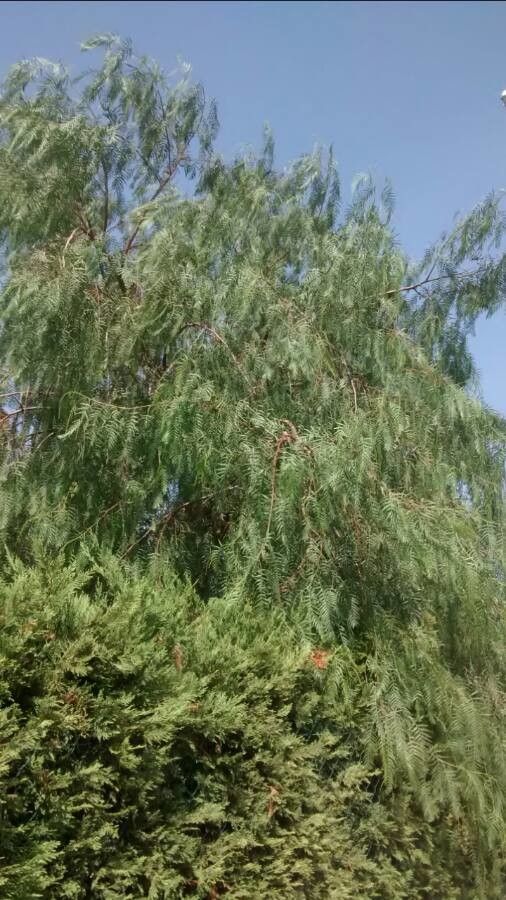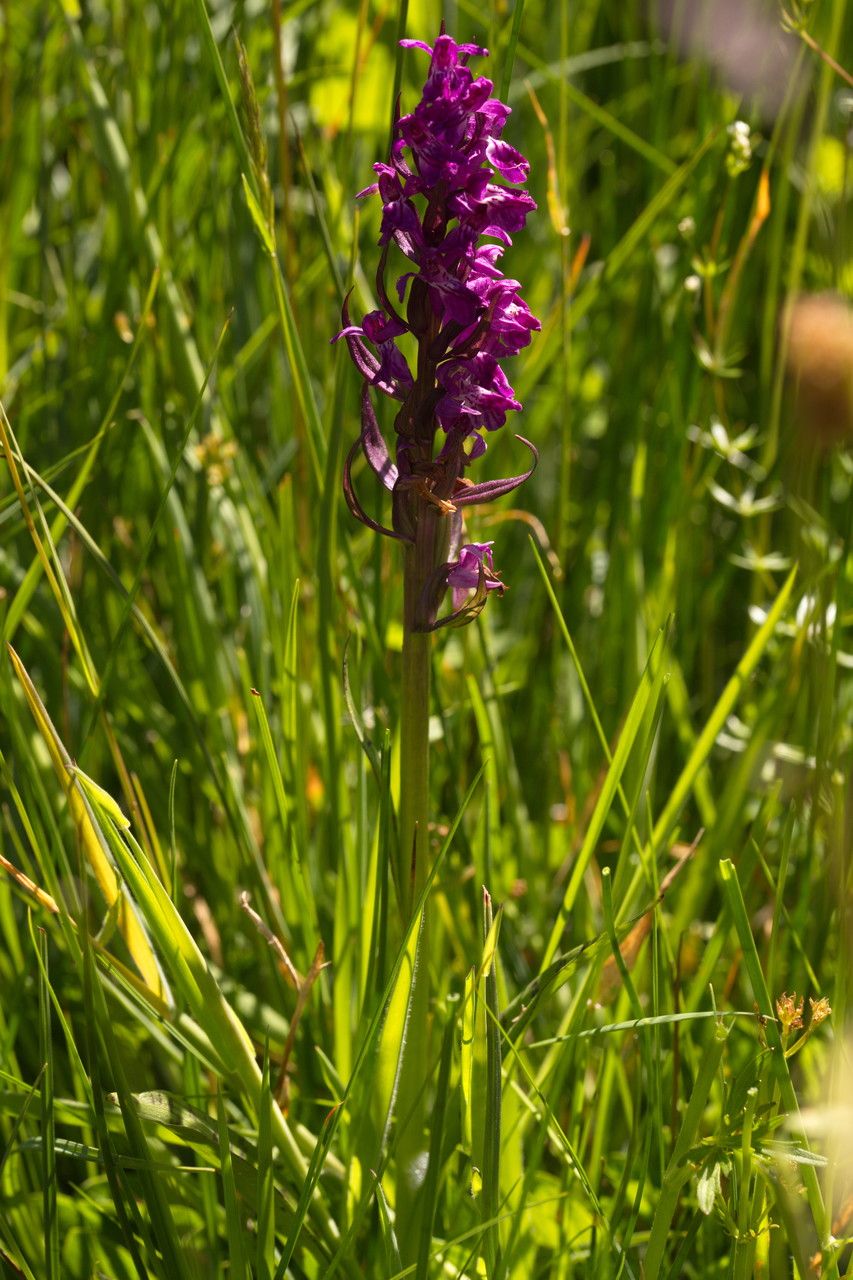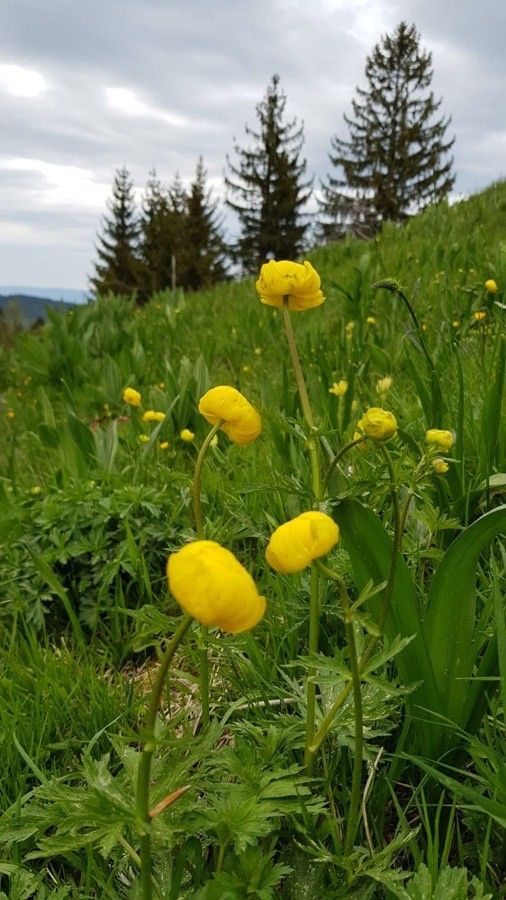### California Peppertree: A Comprehensive Guide
The California peppertree (*Schinus molle*), a member of the Anacardiaceae family (which also includes mangoes and cashews), is a striking and adaptable tree renowned for its vibrant foliage and cascading branches. Native to South America, it's become widely cultivated globally, often as an ornamental tree, but its invasive nature in certain regions warrants careful consideration.
### Identifying Characteristics
The California peppertree is easily recognized by its weeping habit, with branches often reaching the ground. Its leaves are compound, meaning they are composed of many small leaflets, and they have a slightly leathery texture. These leaves produce a peppery scent when crushed, hence the common name. Small, pinkish-white flowers appear in profusion, followed by clusters of small, round berries that mature to a reddish-pink color. These berries persist for a considerable time, adding to the tree's ornamental value but also contributing to its invasive potential.
### Habitat and Growth
This remarkably adaptable tree thrives in a wide range of conditions, showcasing its tolerance to drought, heat, and poor soils. It prefers full sun to partial shade, though it can tolerate some shade. It's quite tolerant of various soil types, from sandy to clay soils, but well-drained soil is always beneficial. While drought-tolerant once established, regular watering, particularly during the establishment phase, will promote vigorous growth. It can reach heights of 25-40 feet, making it a significant addition to a landscape.
### Planting and Care
Planting a California peppertree is relatively straightforward. Choose a location with sufficient space for its mature size and ensure the soil is well-drained. Dig a hole twice as wide as the root ball and plant at the same depth as it was in its container. Water thoroughly after planting. Regular watering during the first year is crucial to establish a strong root system. Once established, watering can be reduced, particularly in areas with regular rainfall. Pruning is generally not necessary unless you need to shape the tree or remove dead or damaged branches. Note: Always check your local regulations concerning planting this species, as it's considered invasive in certain regions.
### Potential Problems
While generally low-maintenance, California peppertrees are susceptible to a few pests and diseases. Scale insects and mealybugs can sometimes infest the tree. Regular inspection and appropriate pest control measures should be implemented if problems arise. The tree's prolific berry production can also create a mess, especially under the tree itself.
### California Peppertree as an Invasive Species
The California peppertree's prolific seed production and ability to thrive in diverse habitats have led to its classification as an invasive species in many areas. The berries are widely dispersed by birds, contributing to its rapid spread. Before planting, research whether it is considered invasive in your region and explore alternative, non-invasive landscaping options.
### Conclusion
The California peppertree offers striking beauty and drought tolerance, making it a tempting addition to many landscapes. However, responsible landscaping practices necessitate careful consideration of its invasive potential. Always research local regulations and alternatives before planting.
California Peppertree: Planting, Care & Guide

Frequently Asked Questions
How do I care for a California Peppertree?
California peppertrees are relatively low-maintenance. Provide regular watering during the first year to establish a strong root system. Once established, they are drought-tolerant. Pruning is rarely necessary, except to remove dead branches or shape the tree.
Is the California Peppertree invasive?
Yes, the California peppertree is considered an invasive species in many areas due to its prolific seed production and ability to spread rapidly. Check local regulations before planting.


